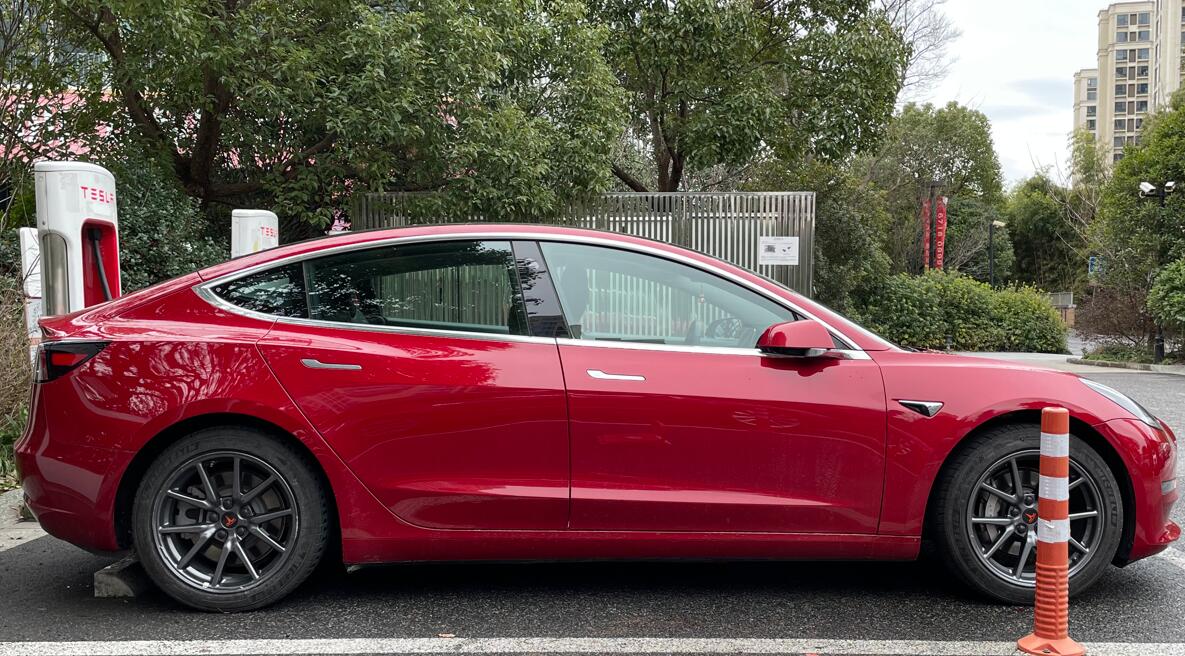Tesla's recall includes 67,698 imported Model S, Model X electric vehicles, and their problems will be fixed through OTA update.
(Image credit: CnEVPost)
Tesla is recalling tens of thousands of electric vehicles in China, the company's latest recall move, although the vast majority can be fixed with a software update.
The US electric vehicle maker is recalling 67,698 imported Model S and Model X electric vehicles in China with production dates between September 25, 2013 and November 21, 2020, according to an announcement posted today on China's State Administration for Market Regulation (SAMR) website.
Some of the vehicles in the recall range may have a battery management system miscalculation due to a software problem, causing the vehicle screen to display warnings including the need for repair and safe stopping of the vehicle.
The vehicle will gradually stop power output after these warnings appear, which in extreme cases may increase the risk of a vehicle collision and present a safety hazard, according to the announcement.
Tesla will upgrade the software for the vehicles in the recall through OTA for free. The upgraded vehicles have increased the ability to sense return voltage false alarms.
In extreme cases if the voltage sense circuit is detected to be abnormal during driving, the vehicle will maintain continuous power output until the end of the current driving cycle and park.
For vehicles that cannot be recalled through OTA technology, Tesla will contact the owners through the Tesla service center to upgrade the software for the vehicle free of charge.
The company is also recalling 2,736 imported Model 3 electric vehicles with production dates between January 12, 2019 and November 22, 2019, and 10,127 China-made Model 3 electric vehicles with production dates between October 14, 2019 and September 26, 2022.
The recall is for vehicles that have had the middle second-row seat belt removed for aftermarket repair and maintenance. When the seat belt anchor bolts are reinstalled at the service center, some vehicles may not have the middle seat belt and left side seat belt buckle unit anchor parts threaded into the attachment bolts.
If a collision occurs in these vehicles, the seat belt will not be able to play a restraining role, increasing the risk of occupant injury in the accident, according to the announcement.
Tesla will check the second-row seat belt device for the vehicles within the recall area free of charge, and if it is found that the middle seat belt and the fixed parts of the left side seat belt buckle are not properly installed, they will be reinstalled according to the specification.
This is Tesla's latest recall move following a massive recall in China in May.
On May 16, the SAMR website announced that Tesla was recalling a total of 107,293 China-made Model 3 and Model Y electric vehicles with production dates between October 19, 2021 and April 26, 2022, effective May 23, 2022.
Some of the vehicles included in the recall may have the central processor reboot when preparing for or during DC fast charging, causing the display to fail.
Tesla said at the time that it would address the issue through an OTA update.
In the US, Tesla last week announced a recall of 321,000 vehicles because the taillights may intermittently fail to illuminate.
Tesla sold 71,704 China-made vehicles in October, including 54,504 for export, according to data released earlier this month by the China Passenger Car Association (CPCA).
Tesla has a factory in Shanghai that produces the Model 3 and Model Y. Their retail sales in China in October were 2,809 and 14,391 units, respectively.
It's worth noting that Tesla produces new vehicles in the first half of each quarter primarily for export, and October's numbers continue that pattern.

